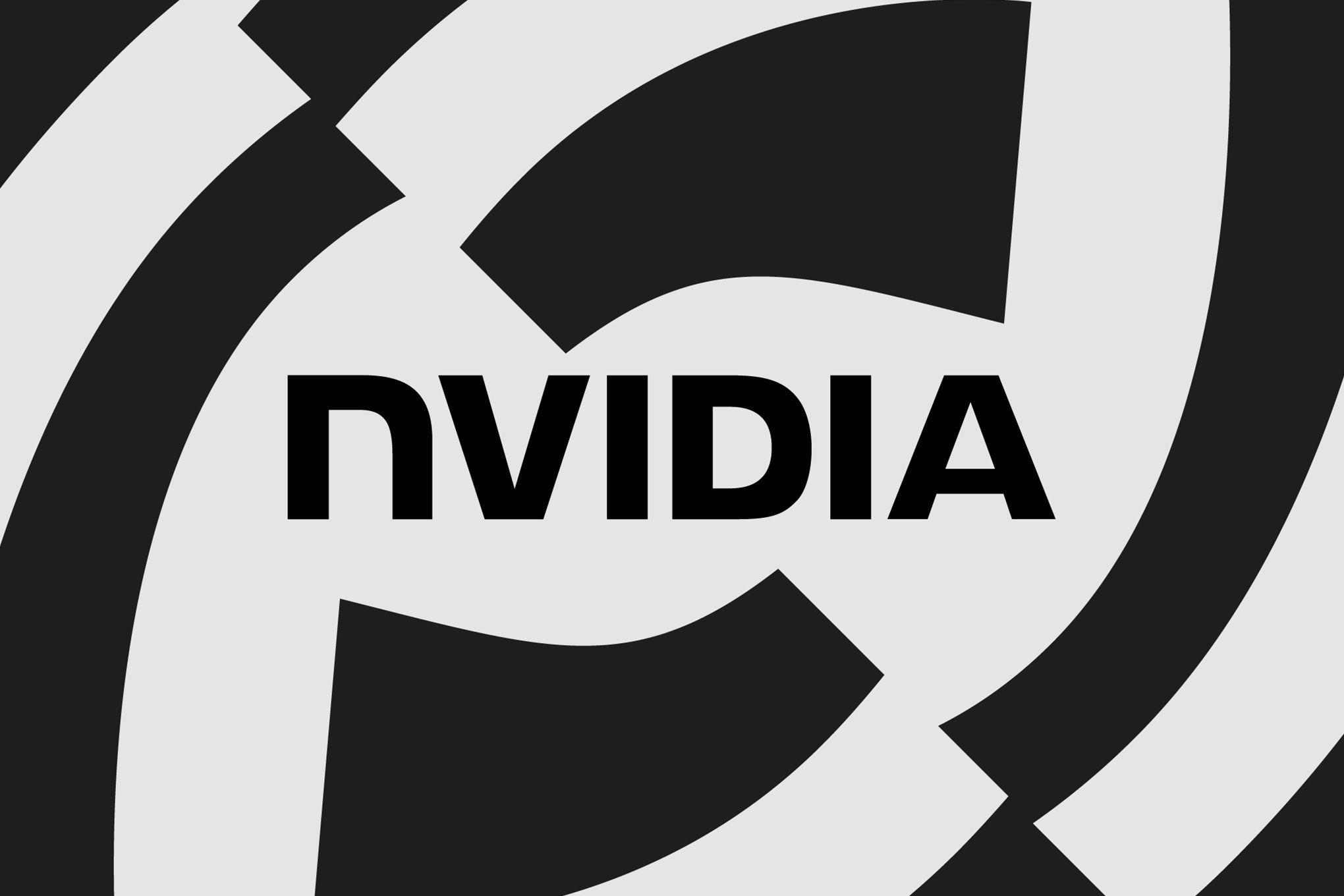Nvidia just handed developers a powerful new weapon in the 3D animation arms race. The chip giant is open-sourcing Audio2Face, its AI-powered tool that transforms voice recordings into lifelike facial animations for 3D avatars. This move democratizes technology that was previously locked behind Nvidia's proprietary walls, potentially reshaping how games and apps handle character animation.
Nvidia dropped a bombshell that's about to change 3D animation forever. The company is open-sourcing Audio2Face, its sophisticated AI tool that generates realistic facial animations for 3D avatars based purely on audio input. For developers who've been struggling with expensive motion capture setups or clunky manual animation, this is like getting handed the keys to a Tesla when you've been walking.
The technology works by diving deep into what Nvidia calls the "acoustic features" of speech - essentially teaching AI to understand not just what someone is saying, but how their face should move while saying it. The system automatically generates animation data that maps to facial expressions and lip movements, creating surprisingly natural-looking results that would traditionally require hours of manual work or expensive facial capture equipment.
What makes this particularly significant is that Audio2Face isn't just for pre-recorded content. Developers can use it for real-time applications like livestreams, opening up possibilities for everything from virtual influencers to interactive gaming characters that respond naturally to player voice input.
Game developers are already seeing the potential. Farm51, the studio behind the upcoming Chernobylite 2: Exclusion Zone, has been using Audio2Face in their development pipeline. The developers of Alien: Rogue Incursion Evolved Edition are also early adopters, suggesting the technology is mature enough for commercial game production.
But Nvidia isn't just throwing the software over the fence and walking away. The company is also releasing the complete software development kits and - perhaps most importantly - the training framework itself. This means developers can actually modify and retrain the models for specific use cases, whether that's creating avatars with unique facial structures or optimizing for different languages and speaking styles.
The move represents a major shift in Nvidia's strategy around AI tools. While the company has historically kept its most advanced technologies closely guarded, the open-sourcing of Audio2Face suggests they're betting that widespread adoption will ultimately drive more demand for their underlying GPU hardware. It's a play we've seen before with other AI frameworks, where making the software free increases the market for the expensive hardware needed to run it.












